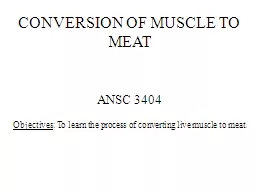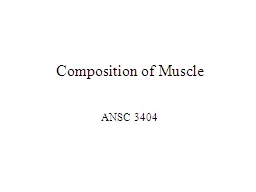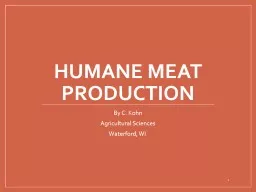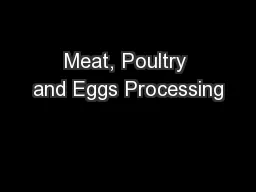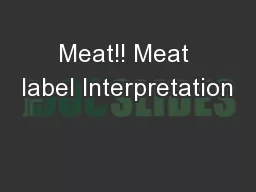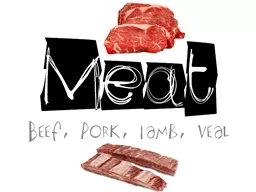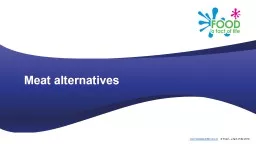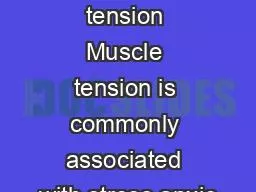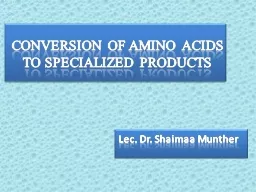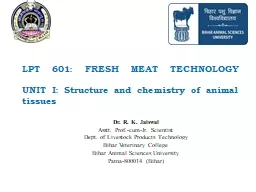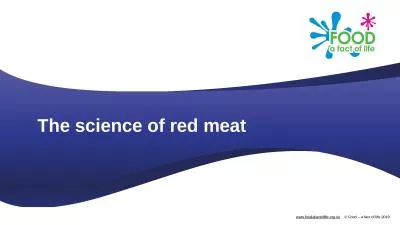PPT-CONVERSION OF MUSCLE TO MEAT
Author : tawny-fly | Published Date : 2015-09-25
ANSC 3404 Objectives To learn the process of converting live muscle to meat Overview Muscles do not suddenly eliminate all living functions A number of physical
Presentation Embed Code
Download Presentation
Download Presentation The PPT/PDF document "CONVERSION OF MUSCLE TO MEAT" is the property of its rightful owner. Permission is granted to download and print the materials on this website for personal, non-commercial use only, and to display it on your personal computer provided you do not modify the materials and that you retain all copyright notices contained in the materials. By downloading content from our website, you accept the terms of this agreement.
CONVERSION OF MUSCLE TO MEAT: Transcript
Download Rules Of Document
"CONVERSION OF MUSCLE TO MEAT"The content belongs to its owner. You may download and print it for personal use, without modification, and keep all copyright notices. By downloading, you agree to these terms.
Related Documents

